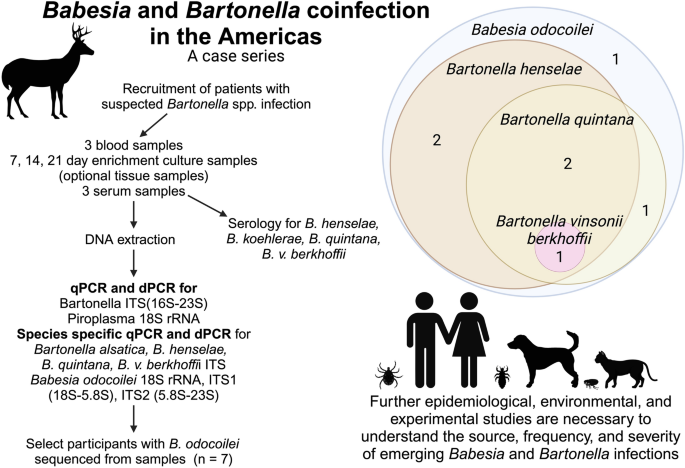2024-07-15 ジョージア工科大学
<関連情報>
- https://research.gatech.edu/using-deep-learning-techniques-improve-liver-disease-diagnosis-and-treatment-0
- https://onlinelibrary.wiley.com/doi/10.1002/jmri.29490
肝臓MRエラストグラフィのディープラーニングによる自動品質管理: 初期結果 Deep Learning-Enabled Automated Quality Control for Liver MR Elastography: Initial Results
Heriberto A. Nieves-Vazquez BS, Efe Ozkaya PhD, Waiman Meinhold PhD, Amine Geahchan MD, Octavia Bane PhD, Jun Ueda PhD, Bachir Taouli MD, MHA
Journal of Magnetic Resonance Imaging Published: 22 June 2024
DOI:https://doi.org/10.1002/jmri.29490

Abstract
Background
Several factors can impair image quality and reliability of liver magnetic resonance elastography (MRE), such as inadequate driver positioning, insufficient wave propagation and patient-related factors.
Purpose
To report initial results on automatic classification of liver MRE image quality using various deep learning (DL) architectures.
Study Type
Retrospective, single center, IRB-approved human study.
Population
Ninety patients (male = 51, mean age 52.8 ± 14.1 years).
Field Strengths/Sequences
1.5 T and 3 T MRI, 2D GRE, and 2D SE-EPI.
Assessment
The curated dataset was comprised of 914 slices obtained from 149 MRE exams in 90 patients. Two independent observers examined the confidence map overlaid elastograms (CMOEs) for liver stiffness measurement and assigned a quality score (non-diagnostic vs. diagnostic) for each slice. Several DL architectures (ResNet18, ResNet34, ResNet50, SqueezeNet, and MobileNetV2) for binary quality classification of individual CMOE slice inputs were evaluated, using an 8-fold stratified cross-validation (800 slices) and a test dataset (114 slices). A majority vote ensemble combining the models’ predictions of the highest-performing architecture was evaluated.
Statistical Test
The inter-observer agreement and the agreement between DL models and one observer were assessed using Cohen’s unweighted Kappa coefficient. Accuracy, precision, and recall of the cross-validation and the ensemble were calculated for the test dataset.
Results
The average accuracy across the eight models trained using each architecture ranged from 0.692 to 0.851 for the test dataset. The ensemble of the best performing architecture (SqueezeNet) yielded an accuracy of 0.921. The inter-observer agreement was excellent (Kappa 0.896 [95% CI 0.845–0.947]). The agreement between observer 1 and the predictions of each SqueezeNet model was slight to almost perfect (Kappa range: 0.197–0.831) and almost perfect for the ensemble (Kappa: 0.833).
Conclusion
Our initial study demonstrates an automated DL-based approach for classifying liver 2D MRE diagnostic quality with an average accuracy of 0.851 (range 0.675–0.921) across the SqueezeNet models.
Evidence Level
4
Technical Efficacy
Stage 1


